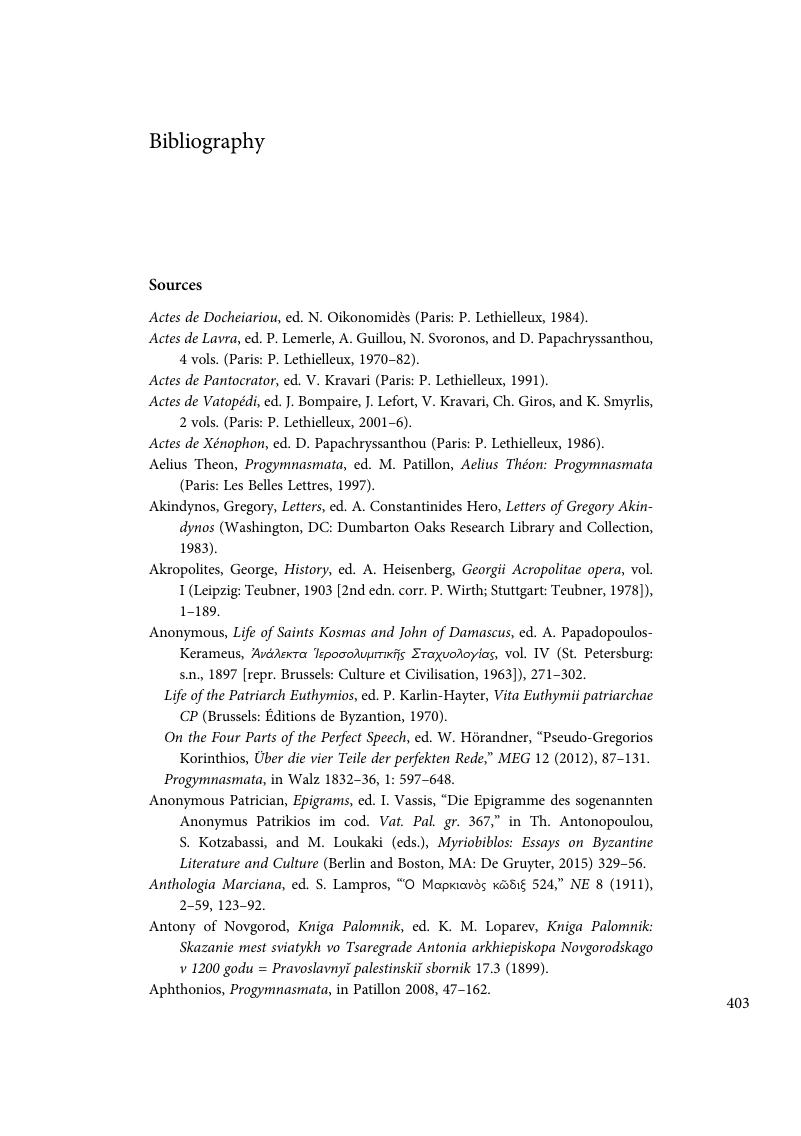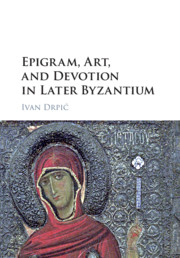Book contents
- Epigram, Art, and Devotion in Later Byzantium
- Epigram, Art, and Devotion in Later Byzantium
- Copyright page
- Dedication
- Contents
- Illustrations
- Color plates
- Book part
- Note to the reader
- Glossary
- Introduction
- 1 From composition to performance: epigrams in context
- 2 The patron’s “I”
- 3 Kosmos
- 4 Golden words
- 5 Devotional gifts
- 6 The erotics of devotion
- 7 Image of the beloved
- Conclusion
- Bibliography
- Index
- References
Bibliography
Published online by Cambridge University Press: 05 August 2016
- Epigram, Art, and Devotion in Later Byzantium
- Epigram, Art, and Devotion in Later Byzantium
- Copyright page
- Dedication
- Contents
- Illustrations
- Color plates
- Book part
- Note to the reader
- Glossary
- Introduction
- 1 From composition to performance: epigrams in context
- 2 The patron’s “I”
- 3 Kosmos
- 4 Golden words
- 5 Devotional gifts
- 6 The erotics of devotion
- 7 Image of the beloved
- Conclusion
- Bibliography
- Index
- References
Summary

- Type
- Chapter
- Information
- Epigram, Art, and Devotion in Later Byzantium , pp. 403 - 474Publisher: Cambridge University PressPrint publication year: 2016



